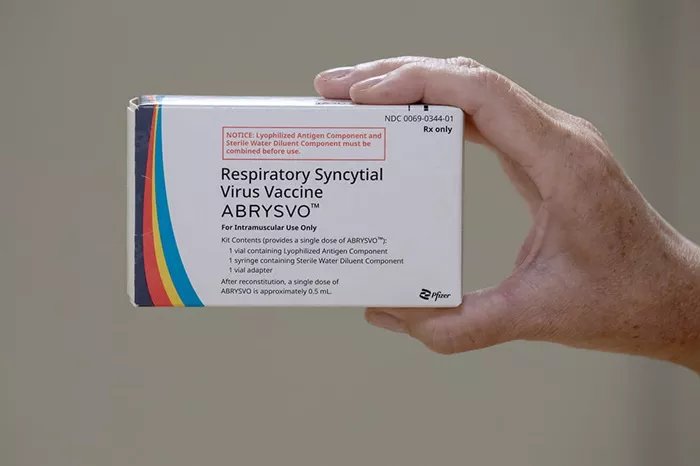Indonesia is grappling with a severe tuberculosis (TB) crisis, currently ranking second globally in the number of TB cases. Alarmingly, the disease claims the lives of approximately 134,000 people in the country each year, translating to roughly one death every five minutes.
Recent data reveals a concerning upward trend in TB cases. In 2021, there were 443,235 reported cases. This number surged to 724,309 in 2022 and further climbed to 821,200 in 2023. As of September this year, 627,797 new cases had already been diagnosed. Correspondingly, the number of patients undergoing treatment has also risen significantly. In 2021, 403,000 cases were being treated; this figure jumped to 635,000 in 2022 and reached 722,000 in 2023. By September this year, 539,000 cases were receiving treatment.
The burden of TB in Indonesia is disproportionately borne by the working – age population, especially those aged 45 – 54. Workers, including factory employees, farmers, fishermen, state – owned enterprise staff, and civil servants, form a large portion of the patient group. For example, there are 54,887 cases among workers, 51,941 cases among farmers or livestock breeders or fishermen, 44,299 cases among self – employed individuals, 37,235 cases among private or state – owned enterprise employees, and 4,778 cases among civil servants. Moreover, children are not spared, with 57,500 children having contracted TB as of March 2023.
The Indonesian government has demonstrated its commitment to combating TB by improving detection and reporting systems, resulting in the highest – ever case notifications since 2022. Health Minister Budi Gunadi Sadikin has called on all health workers to prioritize the search for TB patients, aiming to achieve a 90 percent detection target in 2024. Strategies outlined in the national TB elimination strategy, as stipulated in Presidential Decree No. 67 of 2021, include strengthening commitment, enhancing access to TB services, optimizing promotion and prevention efforts, improving treatment and infection control, and leveraging research and technology. However, challenges remain, such as under – reporting of cases, undiagnosed cases in the community, and the need for increased funding and better access to quality healthcare.
Related topics:

































